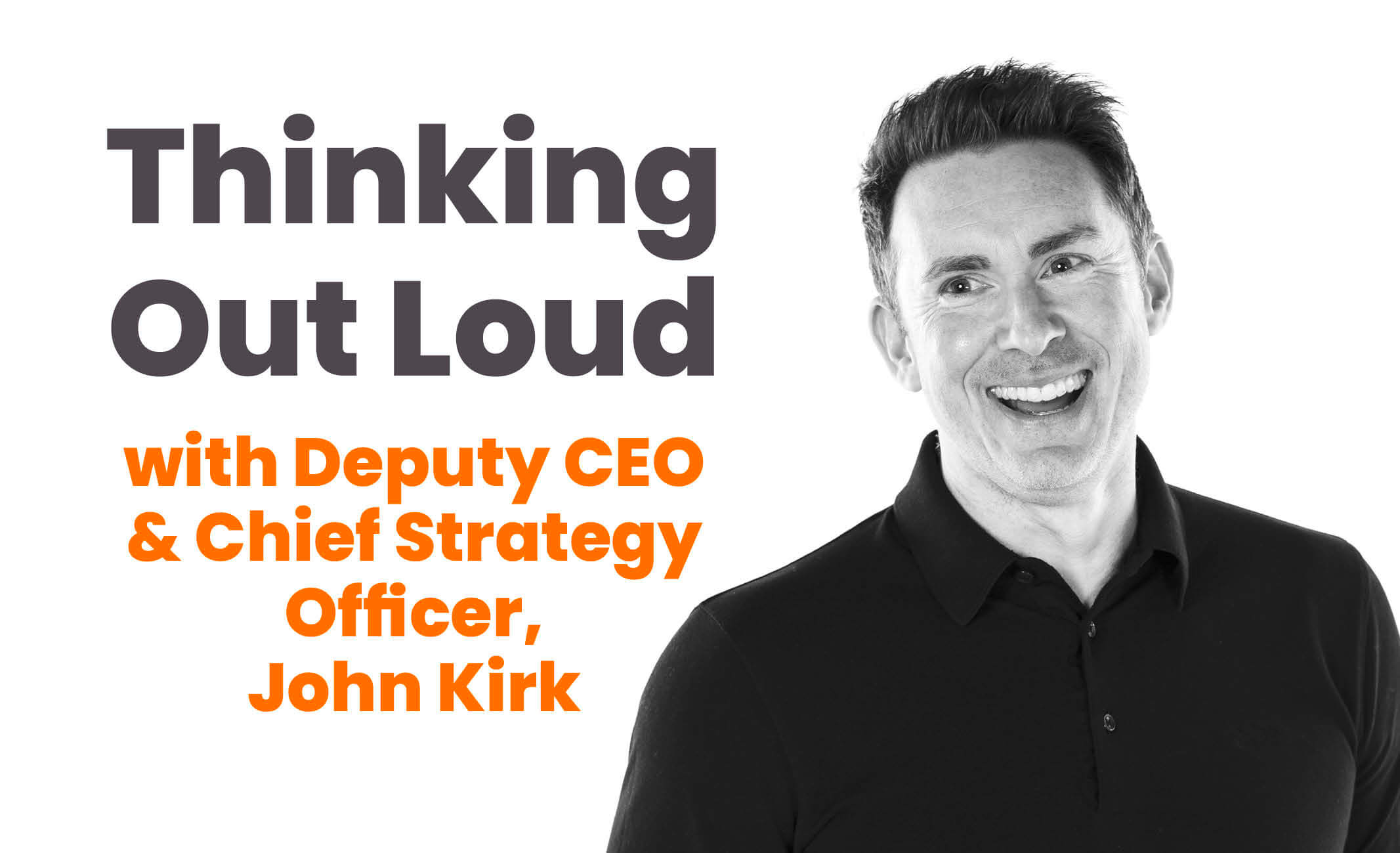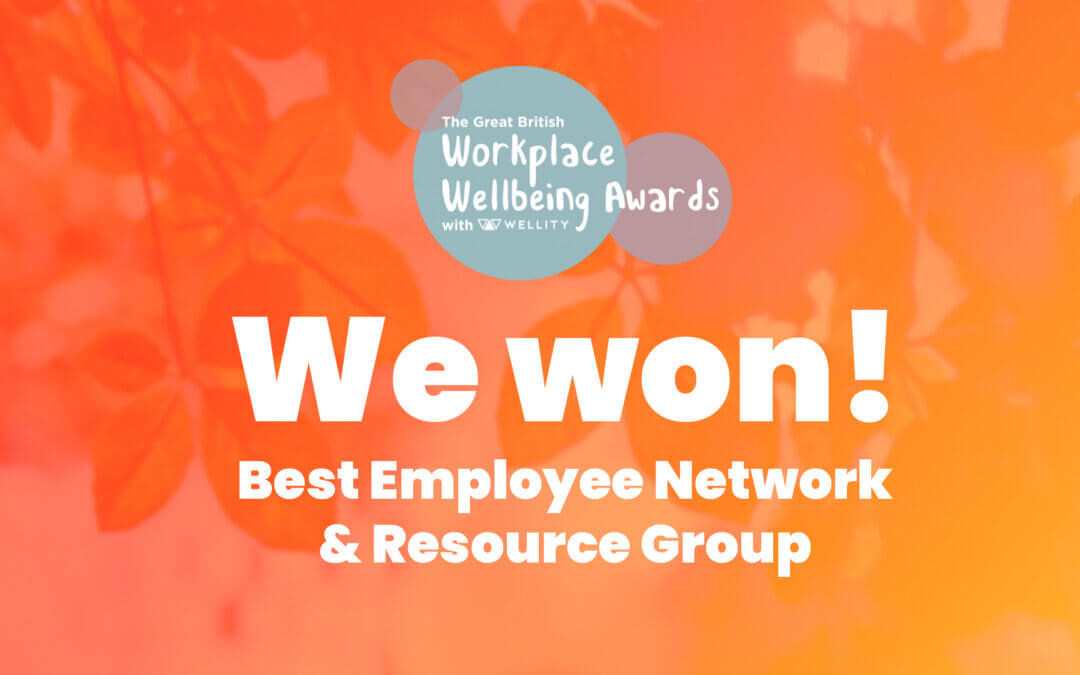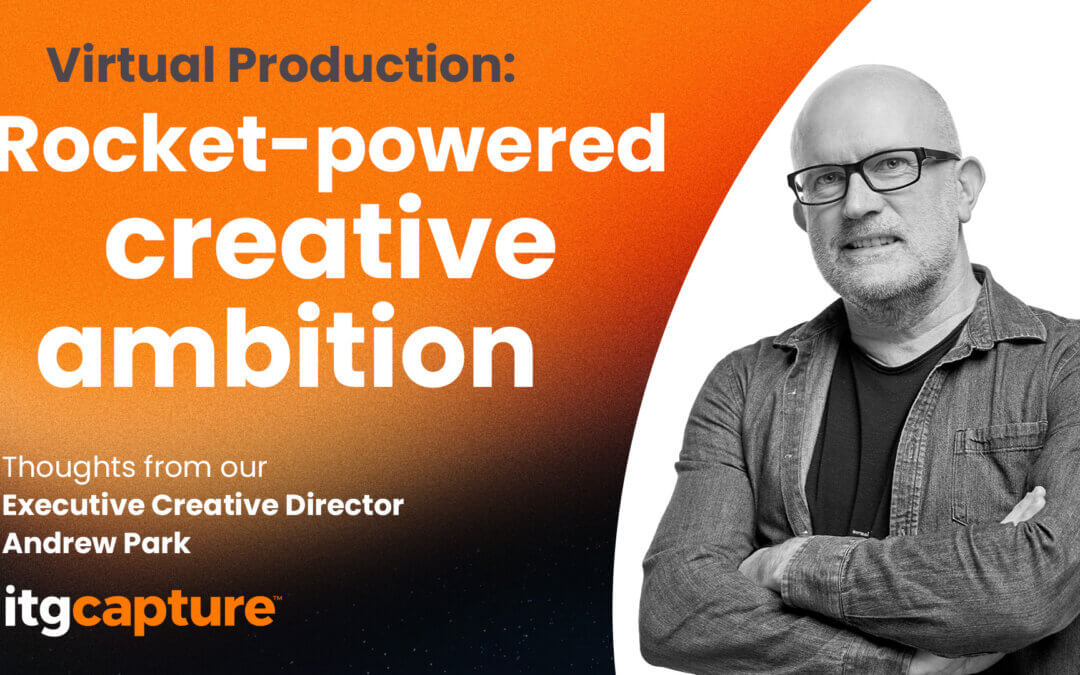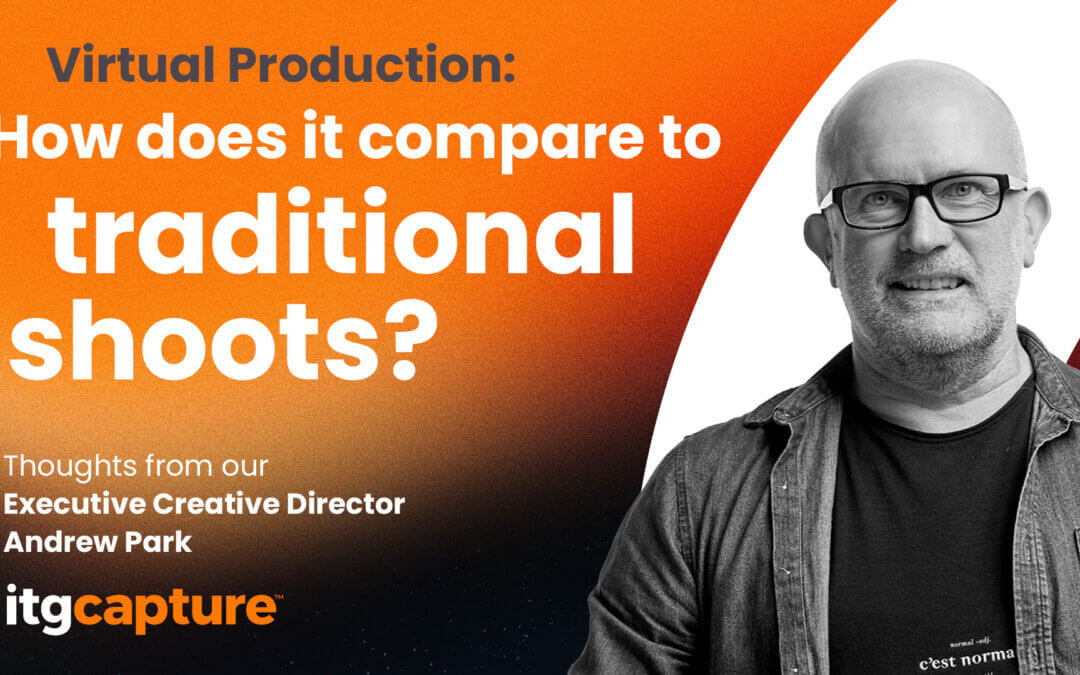Successive Covid lockdowns massively accelerated consumer digital adoption, which should be great for a lot of businesses. Yet, over two years later, many companies are still struggling to keep up, says ITG Deputy CEO and Chief Strategy Officer John Kirk in our latest Thinking Out Loud piece.
During the second quarter of 2020, when much of the world began to close its offices and entire retail estates shut up shop, consumer digital adoption took what McKinsey called a quantum leap.
In more prosaic terms, consumer adoption of digital channels to purchase goods and access services accelerated above and beyond the expected rate by at least three years globally. Online purchases of food and household goods increased by 30 per cent.
For many retailers, this is good news. Online customers don’t have to be local, giving you a much larger target audience. Customers can also buy from you when you are closed.
Distributing from warehouses, where possible, means estate overheads can be greatly reduced, and many processes can be automated, making operations more cost-efficient.
It is much easier to connect with and deliver targeted marketing messages to customers when you are interacting with them online. You can build much stronger engagement between brand and customer.
The challenge
“It’s much easier to do a bit more of what you’re already competent at and equipped for, rather than learning new skills”
The problem is you need to be set up for this digital environment, which means finding the budget to facilitate change, but also overcoming the many challenges, including:
- Adapting your processes to meet changing consumer behaviour and the migration to digital (digital transformation)
- Having the appropriate digital skills to manage the new way of working and anticipate the future
- Having the right technology to facilitate digital activity and automation (and appropriate security)
To adapt to lockdown, many companies increased their digital activity significantly. However, given the need for rapid change, this typically meant doing more of the digital stuff that they were already doing – not innovating in the digital space or making new investment.
It’s much easier to do a bit more of what you’re already competent at and equipped for, rather than learning new skills or creating a new tech ecosystem – but with the changes accelerated by Covid, companies are needing to make bigger changes sooner than they anticipated.
According to Gartner, 87 per cent of business leaders say digitalisation is a priority, but only 40 per cent of organisations have brought digital initiatives to scale.
The skills gap
“We need an immediate step-change in training investment if we are going to meet the digital challenge”
To meet the needs of the rapidly expanding digital economy, we need people with the right skills. The problem is, we have a chronic digital skills gap. In the UK, participation in ICT subjects fell by 40 per cent between 2015 and 2021, and employers are investing only half the EU average per employee in vocational education.
According to a recent global digital skills survey by Gallup and Amazon, nearly 7 out of 10 companies are struggling to hire enough people with the right skills.
I took part in the recent ‘Closing the Tech Skills Gap’ summit at the UK Houses of Parliament to address this issue. While the issues discussed were complex, it’s clear to me that they won’t be solved without a joined-up approach between Government, education and business.
For example, business requirements change so rapidly that formal digital courses soon become dated. This means we need more input from business into course syllabuses, while businesses must step up their own training, supported by Government. Digital retraining should be a lifelong process.
We need an immediate step-change in training investment if we are going to meet the digital challenge.
The technology gap
“The right technology not only sets you up for the digital world, but can also increase automation, speed to market and scalability”
It’s not all doom and gloom, though. Technology is already helping businesses meet the digital challenge – and technology can kick in quickly to support business transformation.
During Covid, my company, ITG, were able to move our 1,200 employees to home working with no disruption because we already had tech-enabled digital processes.
Yes, we have account teams who work alongside clients in normal times – because personal relationships are important – but all activity is executed through our Storyteq platform.
Our retail clients that were already set up for digital sales and marketing suffered minimal disruption. In fact, some clients found that home working through Storyteq led to greater productivity, as people could do their jobs just as easily, but faced fewer distractions.
The right technology not only sets you up for the digital world, but can also increase automation, speed to market and scalability. We have supported numerous companies in this endeavour – most recently Haleon, halving their global campaign creation and execution to a couple of weeks, and we are now trialling automation technology to reduce this to less than a day.
Of course, using technology to manage your operation necessarily means training. However, there are two ways of cracking this nut – invest heavily in staff training or find technology that is so simple to use, training requirements are minimal.
Our clients use technology that requires no more training than knowing how to shop online or send an email.
The operational gap
“I can say hand on heart that ‘the way things have always been done’ is usually the root of a company’s problems”
The right technology needs to support the right operation. Martec’s Law states that while technology changes rapidly, organisations change slowly, with resistance to investing in the right tech because it might challenge “how things have always been done”.
I have supported business transformation across numerous enterprises, and I can say hand on heart that “the way things have always been done” is usually the root of a company’s problems.
To successfully meet the challenges of the digital economy, business transformation and new technology ecosystems must go hand in hand.
In summary:
- Determine how your business needs to be transformed to meet the increasingly digital needs of your customer (seek external support if you don’t have the skills in-house)
- Invest in the right technology to support your new way of working, and aim for tech that needs only basic digital skills
- Invest in digital skills training to ensure you have the advanced skills you need to keep up with and stay ahead of an increasingly digital future
Want to know more about the digital skills gap, how we can execute digital transformation for you, or are interested in our Storyteq MarTech? Email hello@teamitg.com or fill in the form below.
Fill in the form and we’ll get back to you.










